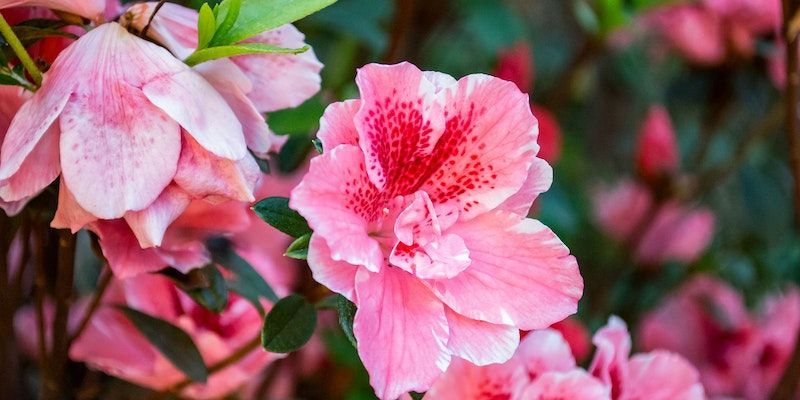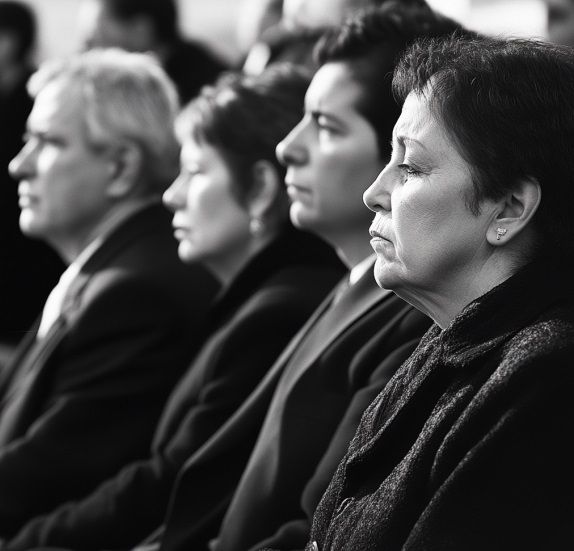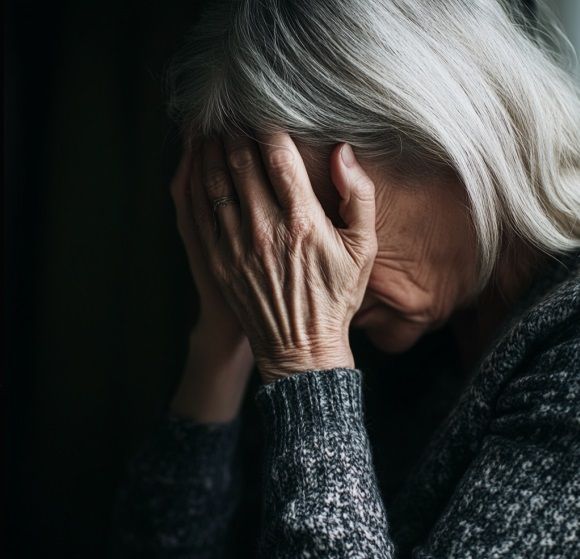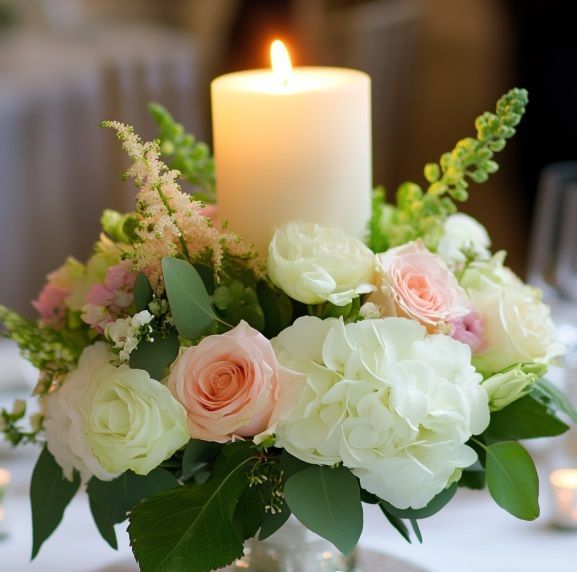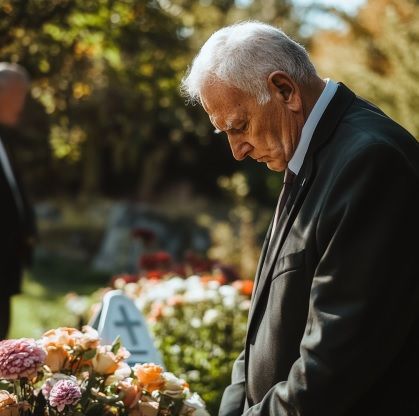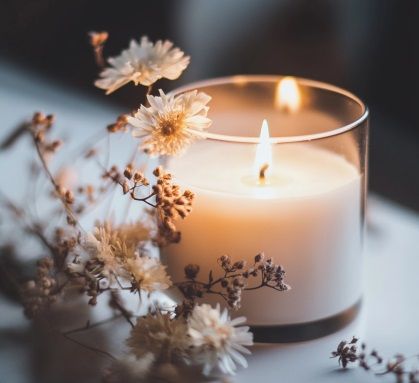A Deep Dive Into The World Of Urns
Urns have been a symbol of reverence and commemoration for centuries. These vessels, often made of ceramic, metal, or stone, hold the cremains of the departed and are used in various cultures and traditions to honor and remember loved ones. In this article, cremation services Argos, IN , deeply dives into the world of urns, exploring their past information, cultural significance, materials, designs, and modern-day role.
Significance
Urns have a rich historical significance dating back thousands of years. In ancient Egypt, elaborate urns were used to house the organs of mummies. The Greeks and Romans used urns to hold the cremains of the deceased. In the Middle Ages, urns were often adorned with intricate designs and considered a status and wealth symbol. The importance of urns shows the enduring significance of these vessels in human culture.
Cultural Significance
Across various cultures, urns have diverse cultural significance. In Hinduism, for example, clay urns known as “Matka” store sacred water from the Ganges River. In Chinese culture, urns are often associated with ancestor worship and placed in homes to honor family members who have passed away. The cultural importance of urns illustrates how they are deeply embedded in the traditions and rituals of different societies.
Materials and Designs
Urns come in a wide range of materials and designs, each reflecting the cultural and personal preferences of those who choose them. Common materials include ceramic, metal, wood, and stone. Ceramic urns are famous for their versatility and the ease with which they can be personalized with intricate designs or paintings. Metal urns, often brass or bronze, are durable and come in various finishes. Wooden urns provide a warm and natural aesthetic. Stone urns, carved from materials like marble or granite, offer a timeless elegance.
Designs can range from traditional and simple to highly ornate and personalized. Some urns feature engravings, paintings, or inlays representing the deceased’s hobbies, passions, or beliefs. Modern technology has even created personalized urns using 3D printing and other innovative techniques, allowing for highly personalized and unique designs.
Modern-Day Use
Today, urns play a significant role in our modern lives. With the growing popularity of cremation, urns have become a central element in memorial services and the grieving process. Families can choose from a wide variety of urns to find one that resonates with the personality and preferences of the departed.
Urns are used to store cremains and serve as a permanent memorial in homes, cemeteries, or columbaria. Some urns even have biodegradable options for those who wish to return the cremains to the earth in an environmentally friendly manner.
Urns as Art
Many contemporary artists and artisans have embraced urns as artistic expression. These artistic urns are often handmade and feature unique and innovative designs. They challenge the traditional concept of urns and transform them into pieces of art that can be displayed and appreciated for their aesthetic value. The fusion of art and commemoration has created a new dimension in the world of urns.
In cremation services Argos, IN, where rituals and traditions continuously evolve, the world of urns is a timeless symbol of remembrance and honor. As we explore their cultural significance, diverse materials and designs, and their modern-day roles, we find that urns are not merely vessels but vessels of meaning. They bridge the past and the present, preserving memories and traditions in a deeply personal and universally understood way. Urns, with their enduring significance, remind us that our connections to the past are beautifully intertwined with our hopes for the future. You may contact us at Johnson-Danielson Funeral Home to learn more.

